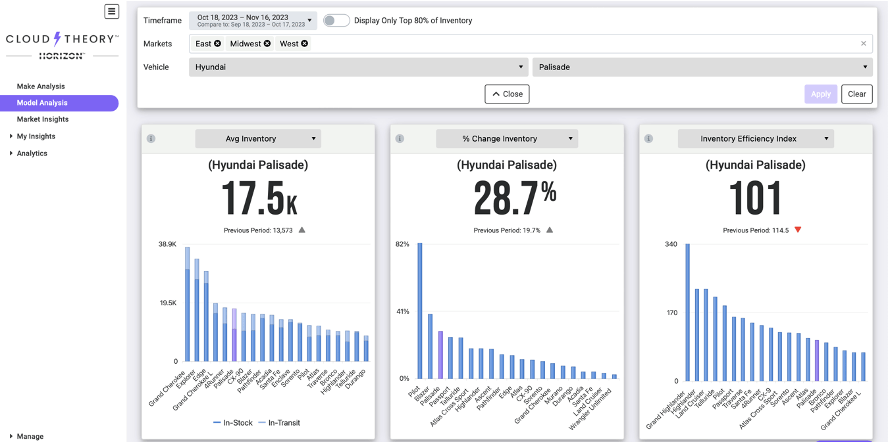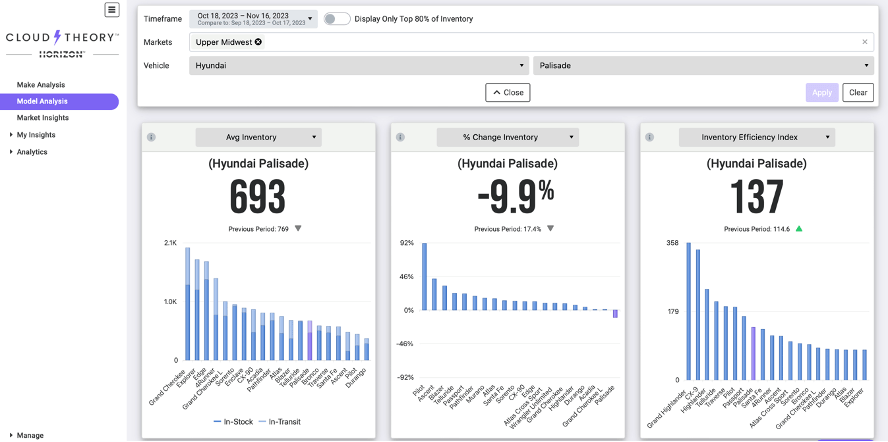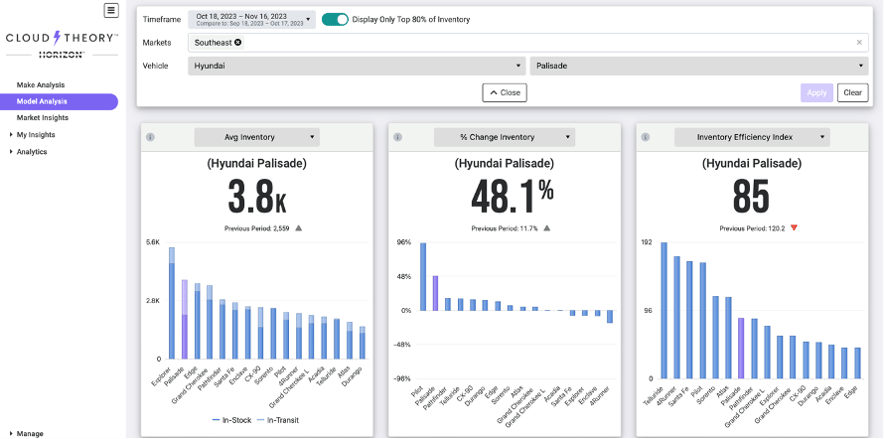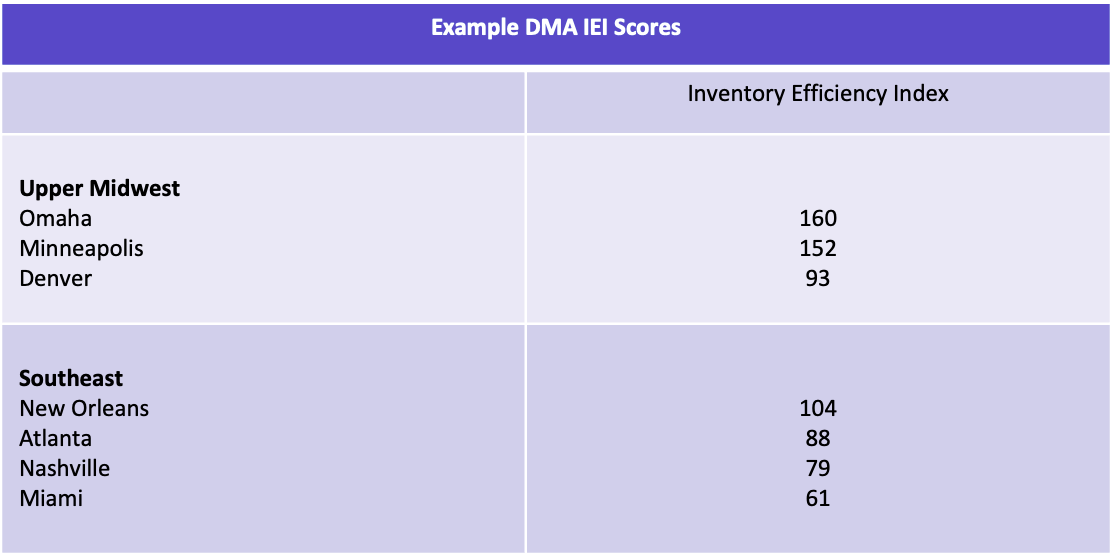Sales incentives are pivotal in steering automotive consumer decisions and dealer operations. The landscape is diverse and complex, from financing deals to cash-back offers and lease incentives.
It’s necessary for an OEM to know which type of incentives to use where. The three primary pillars are employed not just to entice customers but also to motivate sales personnel and dealers. Behind the scenes, incentives are crucial levers for manufacturers to drive sales, cut costs, and launch new products effectively.
Why OEMs can't afford to overlook the importance of incentives:
- Customer Loyalty is a Thing of the Past: Today's consumers are savvy and discerning. They closely evaluate automotive prices, seeking the best value for their money. Ignoring or mishandling incentives can lead to losing potential customers to brands that offer more attractive deals.
- Sales and Revenue Goals: Incentives directly impact an OEM's ability to meet sales and revenue targets. Failing to optimize incentives can lead to missed opportunities and underperformance in the market, as well as potentially losing a customer to a competitor.
- New Product Launches and Inventory Management: When launching new models or trying to clear existing inventory, incentives play a crucial role. Ineffective or misaligned incentives might result in unsold stock, allocating stock to locations that might not need it, or the inability to create a buzz around new releases.
- Dealer Relationships: Incentives also affect the relationship between OEMs and dealerships. Efficient and appealing incentives can bolster these relationships, increasing cooperation and better sales performance.
- Shifts in Market Demand: The market is dynamic, with demands varying across regions and demographics. Tailoring incentives to specific market needs and fluctuations is essential for capturing these shifting demands.
- Economic and Regulatory Factors: Economic changes, such as interest rate fluctuations or changes in tax credits for certain vehicle types, can significantly impact consumer purchasing behavior. Being adaptable and responsive through incentives is critical to staying ahead of competitors and maintaining a successful edge.
Incentives are an essential leverage OEMs have in a highly competitive and ever-evolving market. Paying attention to them and how their use affects partner dealerships isn’t just about boosting sales; it’s about staying relevant, adaptable, and profitable. The ability to make intelligent, informed decisions regarding incentives can set an OEM apart from the rest. But are today’s automotive OEMs using market data in the correct way to make the most of their incentive planning?
How Can OEMs Use Market Data in Order to Take Full Advantage of Incentives?
Horizon, the pioneering solution by Cloud Theory, provides a way for automotive OEMs to revolutionize their incentive strategies and monitor inventory and vehicle movement trends by market.
- Competitive Performance: Cloud Theory indexes 99.7% of US franchise dealer websites and compares inventory movement metrics to any OEM competitor. Horizon can offer metrics that dissect a competitor's inventory, pricing, and turn rate to assist in optimizing incentive planning. With this competitive performance data, OEMs can optimize their incentive planning strategies. They can identify which models or pricing structures perform well for competitors and adjust their incentives accordingly. This competitive benchmarking ensures that OEMs stay on the cutting edge of the market, offering incentives that are attractive to customers and strategically positioning them against rivals.
- Real-time Market Insights: Horizon constantly monitors inventory and vehicle movement trends using the most accurate real-time data available in the automotive market. Horizon updates inventory and vehicle movement insights daily, enabling OEMs to respond to market dynamics swiftly and effectively. This real-time market insight is invaluable for OEMs in shaping their incentive strategies. With daily updates on inventory and vehicle movement, OEMs can swiftly adapt to market dynamics. For instance, if a particular model is gaining popularity or if a competitor adjusts their pricing, OEMs can make informed decisions promptly. The agility of the platform is crucial for making decisions in such a fast-paced industry prone to rapidly changing market conditions.
- Comprehensive Data: Horizon enables partner clients to evaluate how all makes and models are performing nationwide down to the DMA. By identifying markets and models needing a competitive push, Horizon guides OEMs in allocating precious incentive and advertising dollars to locations or models needing a competitive edge. By understanding how each make and model performs across different regions, OEMs can strategically target areas or models requiring a competitive advantage. Whether it's boosting sales in a specific DMA or promoting a particular model, Horizon guides OEMs to make informed decisions that maximize the impact of their incentives. This granular level of analysis ensures that resources are directed where they are most needed, increasing the effectiveness of incentive planning.
Accurate Incentive Planning Now and for the Future
OEMs, of course, invest heavily in incentives and could potentially be spending hundreds of millions to boost sales. But if incentive planning is not done strategically, this could result in wasted marketing dollars. It’s common knowledge that the need for incentives depends on market demand—low demand requires incentives, while high demand with limited inventory may not, but many OEMs cannot accurately gauge supply and demand in a competitive context and identify opportunities or threats down to the exact location or region. This is where Cloud Theory’s Inventory Efficiency Index (IEI) emerges as a pivotal metric in assessing market demand, offering a transparent gauge of inventory movement efficiency. As the industry moves towards more aggressive incentive strategies, OEMs must adopt a nuanced approach. Efficient visualization and reporting of data can eliminate the need for OEMs to spend money on incentives in regions that don’t need the extra help.
For example, let’s take a look at the Hyundai Palisade.

The Palisade has a 101 IEI score nationally—indicating that its relative market share is equal to its relative inventory share—but diving deeper into the breakdown on Horizon, you can see that the Upper Midwest region is scoring (137) on the IEI, vs. the score in the Southeast region of the US (85).


Looking at a granular level at different DMAs within those regions we can see Horizon identifies differences there too. Depending on how regionally an OEM is doing their incentive planning, there is an ability to identify areas of the country where spending could be pulled back and reallocated to the less efficient areas. Cloud Theory’s Horizon, along with the revolutionary Inventory Efficiency Index, is what allows for this data to be identified and acted upon.

As manufacturers and dealers navigate the intricacies of incentives, Horizon serves as the compass, guiding them toward greater market share, increased profitability, and enhanced customer satisfaction. In the ever-evolving automotive landscape, the ability to adapt and thrive in diverse markets is paramount. Cloud Theory's Horizon presents a paradigm shift in how automotive incentives are planned and executed. It not only elevates the efficiency of incentive strategies but also aligns them with market demands in a competitive context, ensuring that OEMs stay at the forefront of the industry.




